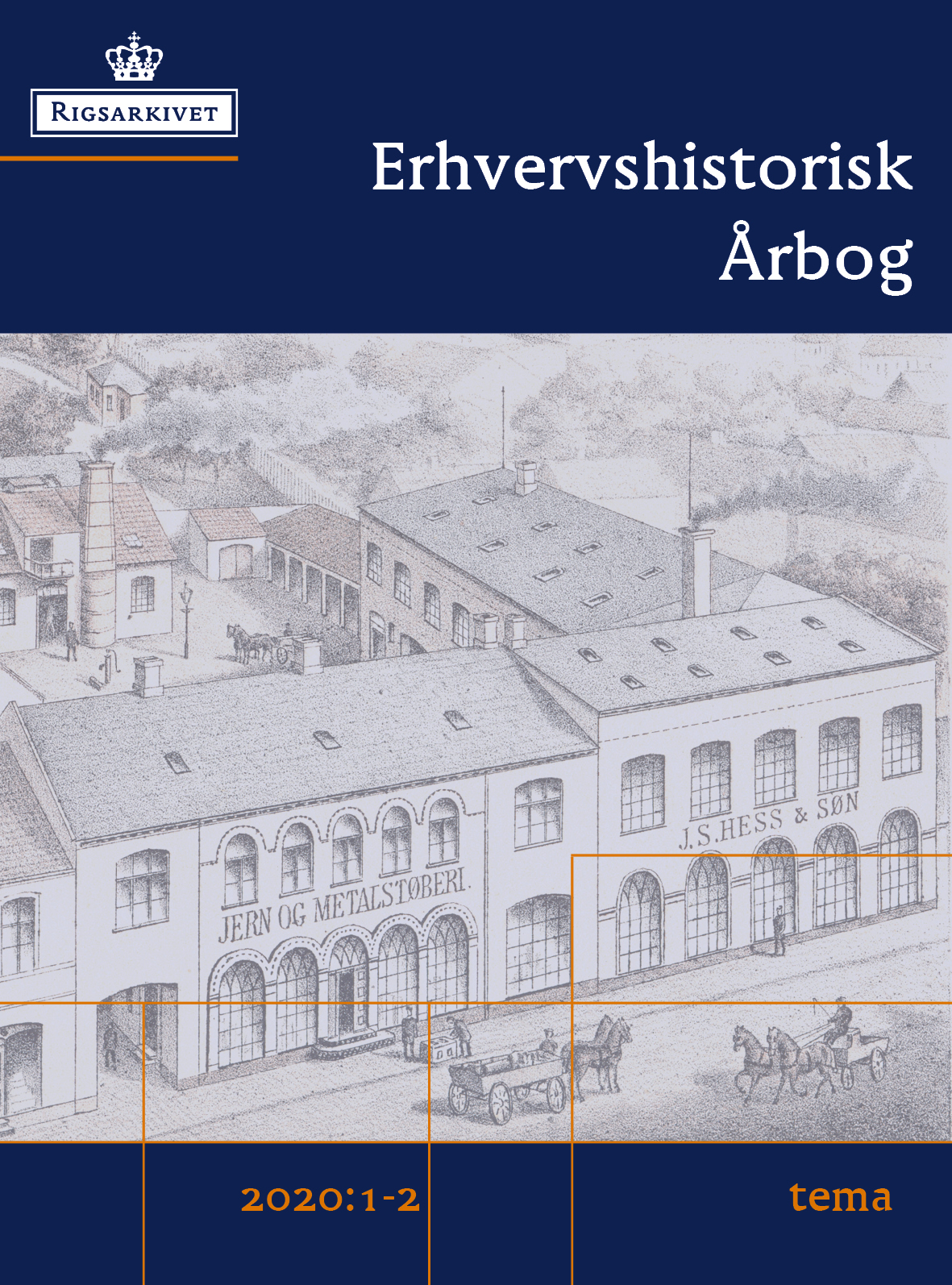Med B&O i baghaven – den moderne fabriksby under lup
Resumé
Den moderne fabriksby undersøges i artiklen med udgangspunkt i boligområdet B&O-byen. B&O-byen opstod omkring Bang & Olufsens første radiofabrik fra 1927 og voksede særligt i 1960-70’erne, hvor virksomheden også ekspanderede, og der kom mange tilflyttende medarbejdere til området. Jeg peger i artiklen på, at det levede liv og hverdagen kan bidrage med væsentlige karaktertræk til forståelsen af den moderne fabriksby, hvor et oplevet fællesskab og en immateriel kultur kan supplere de karakteristika, der typisk fremhæves ved fabriksbyer: Virksomheders aktive deltagelse i byplanlægningen og deres patriarkalske rolle i det omkringliggende samfund er træk, der kendes fra 1800-tallets klassiske company towns, og som trækker tråde op i moderne fabriksbyer. Det ses for eksempel ved de markante virksomheder i Billund, Nordborg og Munkebo, der afslutningsvis perspektiveres til i artiklen. Det særlige ved B&O-byen er, at de typiske træk omkring byplanlægning og virksomhedens lokale rolle ikke viser sig tydeligt der. Undersøgelsen af netop B&O-byen gennem interviews med stedets beboere kan derfor være med til at tydeliggøre den rolle det levede liv og hverdagen kan have som et supplerende og væsentligt væsenstræk for den moderne fabriksby.
---
Life in the B&O Town – A close look at the modern factory town
In this article, the modern factory town in Denmark is investigated through a study of the residential area the B&O-byen (B&O Town) in Struer in northwest Jutland. In 1927 the radio company Bang & Olufsen build its first factory and the residential area emerged around it. The B&O Town grew fast in the 1960-70s as B&O expanded, and a lot of newcomers came to the area to work and live.
Based on the study, I suggest that everyday life can contribute with important characteristics to the understanding of the modern factory town as experienced community and intangible culture is shown to supplement and add to the characteristics typical to factory towns: The involvement of companies in urban planning and a patriarchal role in local community are characteristics known from nineteenth century company towns which can also be identified in modern factory towns. This is e.g. present in Billund, Nordborg and Munkebo – hometowns of LEGO, Danfoss and Lindøværftet. These three towns are considered in the concluding discussion on the concept of the modern factory town.
In the case of the B&O Town the well-known characteristics of the company’s involvement and role are not very present. Accordingly, the study of the B&O Town based on Oral History-interviews with residents can contribute to elucidate how the role of everyday life can provide supplementary and substantial characteristics on the modern factory town.
Downloads
Publiceret
Citation/Eksport
Nummer
Sektion
Licens
Ophavsret til artikler publiceret i Erhvervshistorisk Årbog er fastlagt i henhold til den modelaftale, License to publish, som UBVA har offentliggjort under rubrikken Ophavsret og forskningspublicering. Indsendelse af en artikel til Erhvervshistorisk Årbog indebærer en accept af dette. Modelaftalen kan findes ved hjælp af dette link: http://www.ubva.dk/Forside





